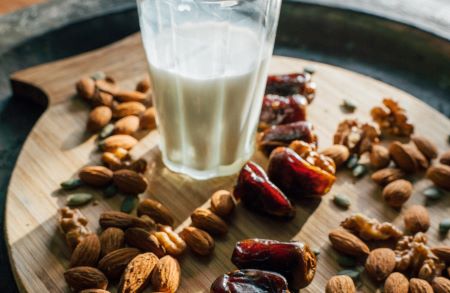Fasting has gained significant attention as a powerful tool for weight loss and overall health improvement. Apart from its numerous benefits, fasting can also help control cravings, which often sabotage our efforts to maintain a healthy diet.
We will explore effective fasting methods that can assist in curbing cravings, enabling individuals to achieve their health goals successfully.
Effective Fasting Methods for Controlling Food Cravings
-
Understanding Cravings and Their Impact
Cravings are intense desires for specific foods that can be difficult to resist. They are often triggered by factors such as emotions, stress, or habits. These cravings tend to lead to overeating and indulgence in unhealthy food choices, resulting in weight gain and poor overall health. Fasting can help break the cycle of cravings by resetting our relationship with food and improving our self-control.
-
Intermittent Fasting
Intermittent fasting (IF) is a popular fasting method that involves cycling between periods of fasting and eating. There are different variations of IF, such as the 16/8 method (fasting for 16 hours and eating within an 8-hour window) or the 5:2 method (eating normally for five days and restricting calories for two non-consecutive days). By limiting the eating window or reducing calorie intake on certain days, IF can help regulate hunger hormones and reduce cravings.
-
Alternate Day Fasting
Alternate day fasting (ADF) is another fasting method that involves fasting on alternate days while eating normally on non-fasting days. This pattern of fasting can be effective in controlling cravings, as the body adapts to the fasting state and becomes more efficient at utilizing stored fat for energy. ADF may also promote mindful eating habits on non-fasting days, reducing the chances of overeating or giving in to unhealthy cravings.
-
Time-Restricted Eating
Time-restricted eating (TRE) focuses on consuming all daily meals within a specific window of time. For example, a common approach is the 12/12 method, where you fast for 12 hours overnight and consume all meals within the remaining 12 hours of the day. TRE helps regulate circadian rhythms and supports healthy digestion. By adhering to a consistent eating schedule, TRE can reduce the likelihood of impulsive snacking or giving in to cravings outside the designated eating window.
-
Extended Fasting
Extended fasting involves abstaining from food for longer durations, typically ranging from 24 to 72 hours or even longer. While extended fasting may seem challenging, it can yield profound benefits in terms of cravings control. By entering a state of ketosis, where the body primarily uses stored fat for energy, cravings for carbohydrates and sugar can be significantly reduced. Extended fasting should be approached with caution and preferably under the guidance of a healthcare professional.
See our Article Fasting for Gut Health: What You Need to Know
-
Mindful Eating Practices
While fasting can be a powerful tool for controlling cravings, incorporating mindful eating practices is equally important. Mindful eating involves paying close attention to physical hunger and satiety cues, savoring each bite, and eating with intention and gratitude. By practicing mindful eating during non-fasting periods, individuals can develop a healthier relationship with food, reducing the frequency and intensity of cravings.
See our Article Fasting Meal Plan Ideas for Busy Individuals

Cravings can be a significant barrier to achieving our health and weight loss goals, but effective fasting methods can provide valuable assistance. Intermittent fasting, alternate day fasting, time-restricted eating, extended fasting, and mindful eating practices all contribute to controlling cravings and improving overall well-being. It’s essential to find a fasting method that suits your lifestyle and preferences while considering any individual health conditions. By incorporating these methods into your routine, you can gain control over cravings and pave the way for a healthier, more balanced approach to eating.
